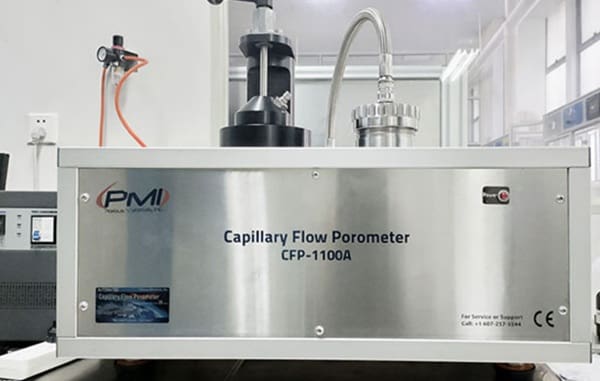In a competitive market, the key to securing new business often lies in a well-crafted sales proposal. A strong proposal does more than just offer a price and a description—it demonstrates a deep understanding of the client’s needs and convincingly presents your solution as the ideal choice. How do you ensure your sales proposal stands out? There are sales proposal examples that you could refer to, as well as tried-and-true strategies presented below.
Understanding Your Client’s Needs and Pain Points

To make your sales proposal compelling, start by thoroughly researching your prospective client, including the specifics of their industry, the challenges they face, and their strategic objectives. By understanding these layers, you can tailor your proposal to address their unique pain points and position your offering as the solution they’ve been searching for.
A sales proposal should be client-centric, demonstrating that you’ve listened and understood their needs. Use the language that echoes their concerns and aspirations, showing that you’re selling not just a product or service, but also a partnership to success.
Gathering insights from current market trends and competitors can cement your role as an informed partner, one who is well-versed in the client’s environment and prepared to guide them through it. Highlight how your solution not only meets current needs but is also adaptable to future sector shifts.
Crafting a Compelling Value Proposition
The heart of a winning sales proposal is a clear and persuasive value proposition. This is your chance to articulate why your offering stands out in a sea of alternatives and how it will bring measurable benefits to the client. Focus on benefits—clients want to know the tangible outcomes they can expect from your solution.
Your value proposition should also highlight any unique aspects of your approach or service that distinguish you from others. Ensure that these differentiators are prominently featured and directly tied to the client’s objectives.
When crafting your proposition, provide concrete examples or metrics that underline the practical impact of your solution. This could include expected time savings, cost reductions, revenue growth, or other significant indicators that relate to the client’s success metrics.
Tailoring the Proposal Structure
The way you organize your sales proposal can significantly impact its effectiveness. Begin with an executive summary that concisely covers the key points of your proposal, serving as a primer for deeper engagement and encouraging the decision-maker to read on.
Divide the body of the proposal into sections that flow from identifying the issue to presenting your solution. Ensure that each section seamlessly transitions to the next, maintaining a narrative that feels more like storytelling than a series of disconnected points. This structure guides the reader through your proposal in a natural, persuasive manner.
Anticipate and address potential objections within the proposal itself. By identifying possible skepticism and counteracting it with solid reasoning and evidence, you fortify your argument and demonstrate thoroughness.
End with a clear call to action, whether it’s an invitation to a meeting to discuss the proposal further or an outline of the next steps in the sales process. Your proposal should guide the client toward the desired course of action.
Leveraging Visuals
Visual elements can significantly boost the appeal and readability of your sales proposal. By incorporating infographics, charts, graphs, and images, you transform dense text into digestible information that conveys key points quickly and effectively.
Ensure that any visuals you use are professional and align with your brand’s visual identity. Visuals should also complement the text, rather than overwhelming or distracting.
Lastly, consider the format and delivery of your proposal. A well-designed PDF, interactive web page, or even a printed booklet can enhance the perception of quality and professionalism. Investing effort in the visual presentation shows that you value details and are committed to delivering a high-quality experience to your clients.
Ultimately, crafting the ideal sales proposal hinges on a thorough understanding of your client’s needs and a strategic presentation of your solution. For those seeking inspiration or concrete sales proposal examples, remember that your ultimate objective is to create a document that speaks directly to the unique needs and aspirations of each potential client.

